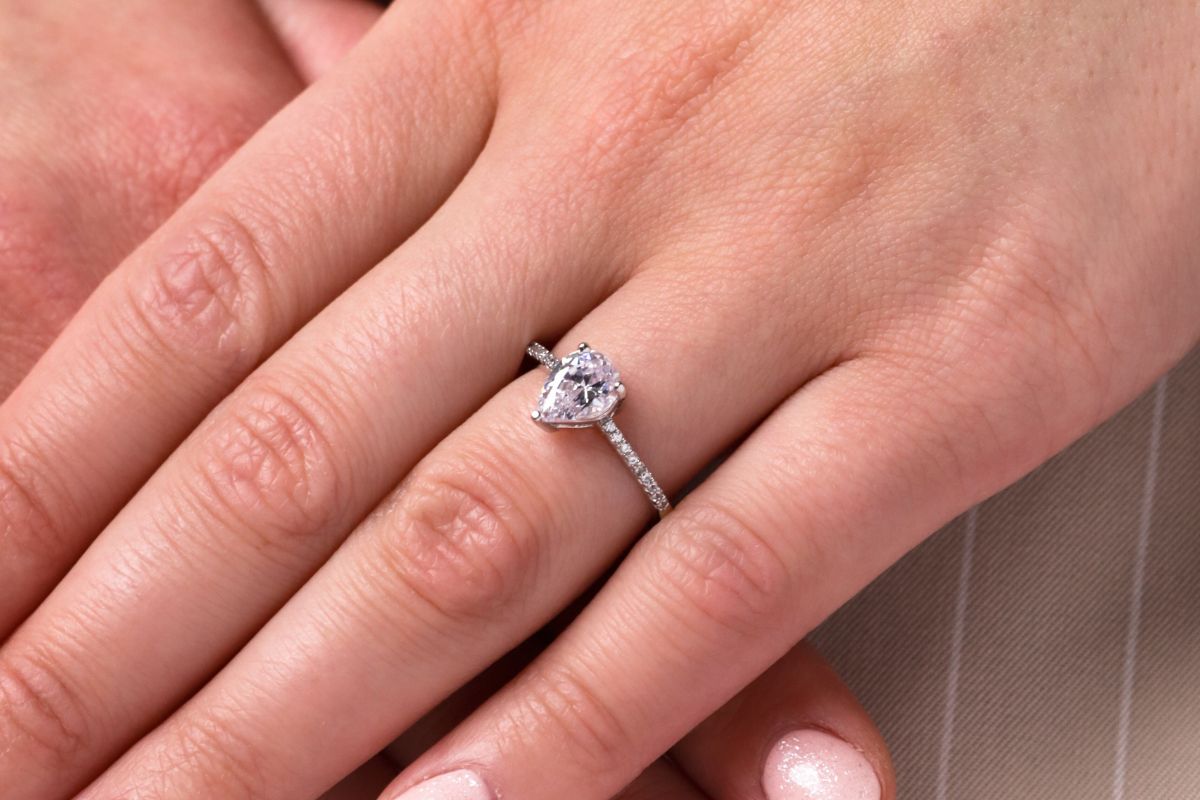The clarity of diamonds is a crucial factor affecting the value and beauty of the gemstone. Diamonds form over time deep within the Earth, where extreme pressures and temperatures transform carbon into diamonds. As carbon is exposed to immense heat and pressure deep within the Earth, a process occurs during which numerous internal discrepancies form within the diamond. It is quite common during this long and complex process for diamonds to crystallize other minerals or exhibit minor deviations.
These unwanted discrepancies in diamonds, typically referred to as internal inclusions and external scratches or streaks, are not directly flaws, as they simply indicate the stone's natural origin.
A diamond's final clarity is determined by the number and quality of these deviations. More precisely, in assessing diamond clarity, focus is on how all these natural characteristics of the diamond, i.e., internal inclusions and external streaks, including their number, size, shape, and location collectively affect the diamond's overall appearance.
Perfect clarity does not exist, but the closer a diamond gets to this theoretical "perfect clarity," the better its brilliance and thus the more valuable it is.
Is it okay to buy a diamond with inclusions or flaws?
Do not be alarmed by inclusions or potential streaks in diamonds. Many inclusions and streaks are typically so small that they are not visible to the naked eye. Trained diamond graders, who can detect them with powerful magnifying glasses, are needed to identify them.
For example, it is practically impossible to notice visible differences between the highest VS1 classification and the third-highest SI2 classified diamonds without expert assessment, although there are significant theoretical differences in their quality. For the average consumer, a diamond's clarity is thus an element to be aware of but not to overly fixate on.
How does clarity affect diamond sparkle?
A diamond with a lower clarity rating and therefore more internal inclusions affects its sparkle, making it duller. Inclusions prevent light from refracting and reflecting inside the stone, lowering the diamond's clarity rating and making it appear cloudier.
Understanding this helps appreciate the individual differences in diamonds and choosing a stone that meets both personal preferences and budget.
GIA Clarity Scale
The amount and significance of inclusions are evaluated using the GIA diamond clarity scale, developed by GIA, one of the world's most renowned and oldest diamond processors. You can find the scale's classifications in the table below.
| VS1 | Very Slightly Included | Diamonds contain very small pinpoint inclusions or those slightly larger than a pinpoint, which may be observed with 10x magnification. Inclusions should not be on the diamond's table. |
| VS2 | Very Slightly Included | Diamonds contain very small pinpoint inclusions or those slightly larger than a pinpoint, which may be observed with 10x magnification. Inclusions on the table are permissible. |
| SI1 | Slightly Included | Diamonds contain inclusions that are not visible to the naked eye. An expert can easily identify the inclusions in the stone with 10x magnification. |
| SI2 | Slightly Included | Diamonds contain inclusions that are not visible to the naked eye. The inclusions may also be distinguishable without magnification but do not affect the stone's brilliance. |
| I1 | Included | The stone has larger inclusions that an expert can see without magnification. The inclusions are not clearly visible and do not affect the stone's brilliance. |
| I2 | Included | The stone has larger inclusions that an expert can see without magnification. The inclusions slightly affect the stone's brilliance. |
| I3 | Included | The stone has larger inclusions that an expert can see without magnification. The inclusions clearly affect the appearance of the stone. |
On this scale, only the inclusions in the lower classes are significant enough to be noticeable to the naked eye. Inclusions rarely affect the stone's sparkle.


